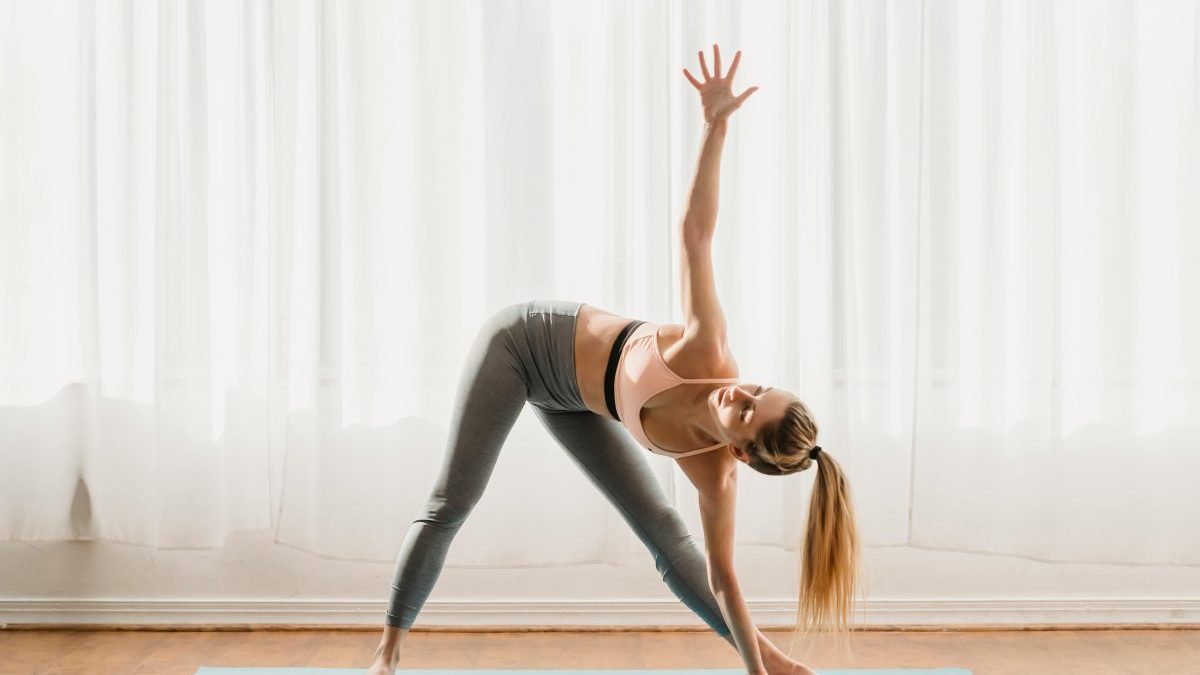Last Updated on: 14th July 2024, 09:37 am
Introduction to Self-Massage for Athletic Performance

Self-massage stands as a cornerstone in the world of sports and athletics, not just as a luxury, but as a necessity. It’s the unsung hero behind many top-performing athletes, a tool that empowers them to push beyond their limits. The importance of self-massage cannot be overstated—it’s a game-changer. By incorporating self-massage into their routine, athletes unlock a trove of benefits that can elevate their performance to new heights.
- Preventing injuries by keeping muscles supple and responsive.
- Accelerating recovery through enhanced blood flow and reduced inflammation.
- Enhancing performance with improved flexibility, increased range of motion, and reduced muscle tension.
Self-massage is not just a practice; it’s a performance enhancer, a recovery tool, and a preventive measure all rolled into one. It’s an essential component of any athlete’s toolkit, one that promises to keep them performing at their peak, day in and day out. So, as we delve deeper into the world of self-massage techniques for athletes, remember, this is more than just a technique—it’s a pathway to excellence.
Understanding the Basics of Self-Massage

At the heart of self-massage lies the distinction from professional massage therapy. While the latter involves a trained therapist applying techniques to manipulate your muscles and soft tissues, self-massage empowers you to take control of your own muscular relief. It’s a hands-on approach that allows for immediate, targeted relief, anytime and anywhere.
Embarking on the self-massage journey, you’ll find essential tools at your disposal:
- Foam rollers excel in broad muscle groups.
- Massage balls pinpoint those hard-to-reach areas.
- Handheld devices offer versatility with adjustable settings.
The effectiveness of self-massage hinges on three key principles:
- Pressure: Applying the right amount of pressure for an optimal duration can significantly enhance muscle recovery and flexibility.
- Duration: Ensuring the massage lasts long enough to be effective.
- Technique: Mastering the method to truly unlock the benefits of self-massage.
Understanding these basics sets the stage for a deeper exploration of self-massage techniques tailored for athletes. It’s not just about relieving sore muscles; it’s about embracing a practice that fosters resilience, enhances performance, and ultimately, transforms the athletic experience.
Pre-Workout Self-Massage Techniques for Athletes
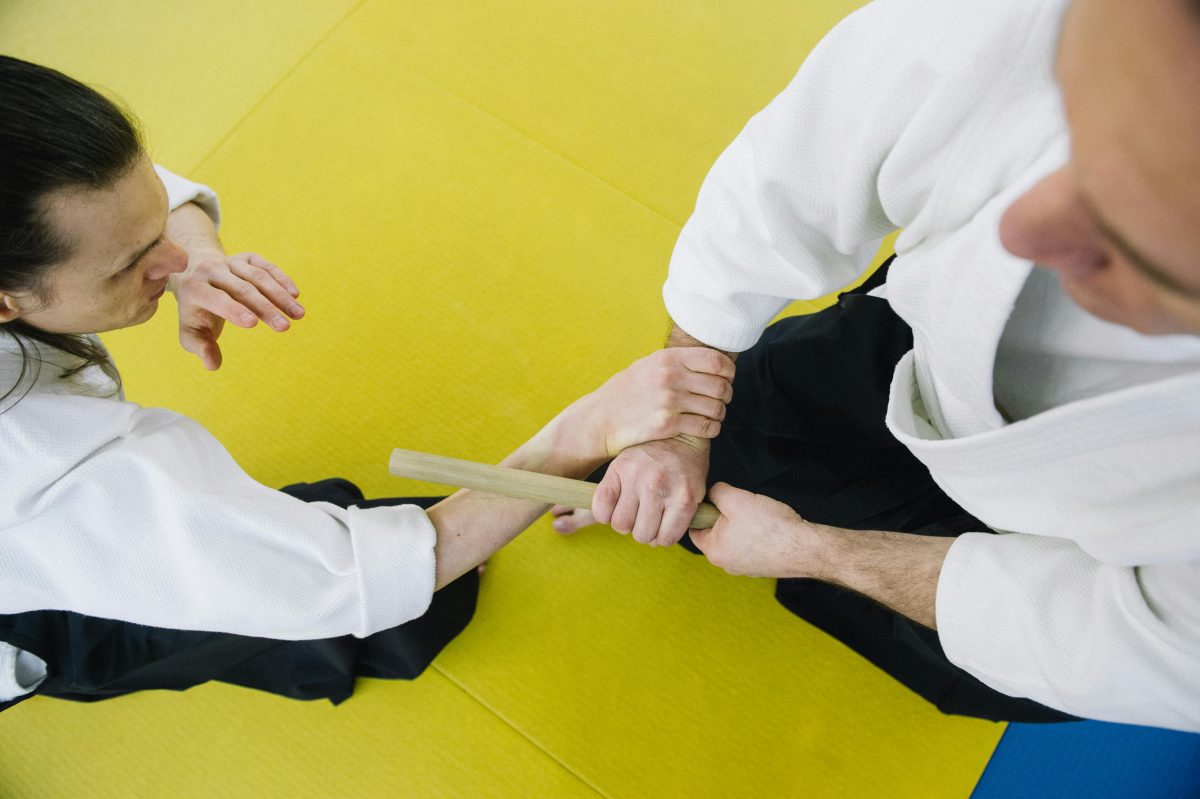
Objectives: Priming Your Muscles for Peak Performance
Before diving into the heart of your workout, it’s crucial to prepare your muscles for the demands ahead. A pre-workout self-massage does more than just warm up your muscles; it increases flexibility and prevents injuries, setting the stage for a safer and more effective exercise session.
Techniques: The Synergy of Dynamic Stretching and Foam Rolling
Combining dynamic stretching with foam rolling offers a comprehensive approach to muscle preparation. Dynamic stretches improve blood flow and flexibility, while foam rolling targets deeper tissue layers, releasing knots and tension. This dual strategy efficiently readies the muscles for the rigors of physical activity.
Focus Areas: Legs, Arms, and Back
- Legs: Use a foam roller on calves, hamstrings, and quadriceps. Add dynamic leg stretches such as lunges and leg swings.
- Arms: Employ the foam roller on your forearms and biceps, followed by arm circles and stretches.
- Back: Gentle rolling motions along your spine, combined with stretches like the cat-cow, ensure your back is supple and ready for action.
Embracing these pre-workout self-massage techniques not only prepares your body for the physical challenges ahead but also integrates seamlessly into a holistic approach to fitness. Whether you’re transitioning to outdoor workouts or enhancing your routine with seasonal activities, starting with a self-massage sets a solid foundation for performance and recovery.
Post-Workout Recovery Techniques
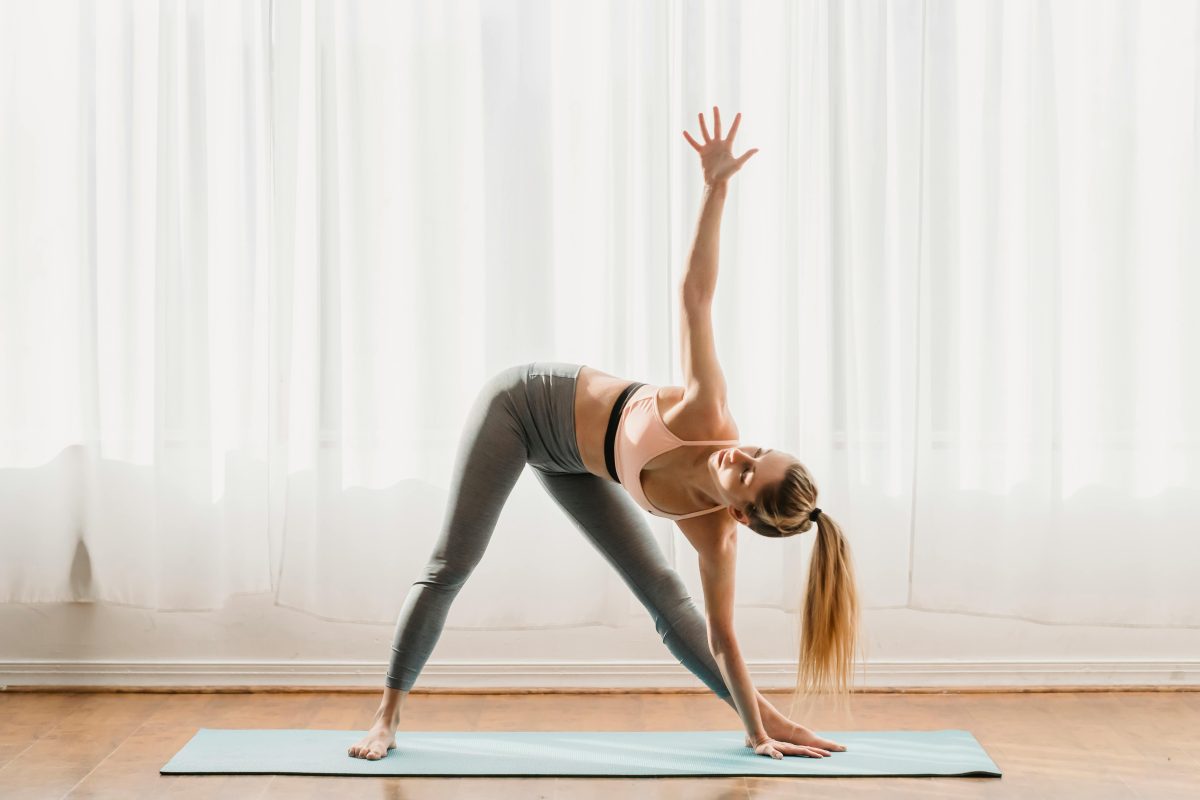
Objectives: Speeding Up Recovery, Reducing Muscle Soreness, and Enhancing Flexibility
After pushing your limits during a workout, the focus shifts to recovery. The goal is to speed up the recovery process, reduce muscle soreness, and enhance flexibility. This not only prepares you for your next session but also minimizes the risk of injury.
Techniques: Static Stretching with Deep Tissue Massage Using Massage Balls
Combining static stretching with deep tissue massage is a powerful duo for post-workout recovery. Static stretching helps to elongate the muscles, promoting flexibility and reducing stiffness. When paired with deep tissue massage using massage balls, it targets deeper layers of muscle, breaking up knots and relieving tension. This technique is particularly effective because it allows for targeted pressure, enabling you to focus on areas that need the most attention.
Focus Areas: Targeting Muscle Groups Used During the Workout
- Leg Day: Concentrate on your calves, hamstrings, and quadriceps.
- Upper Body Workouts: Target your shoulders, chest, and back.
Using massage balls, apply pressure to each area, rolling slowly to deeply massage the tissue. Combine this with static stretches for each muscle group, holding each stretch for at least 30 seconds to maximize flexibility and relief.
Implementing these post-workout recovery techniques can significantly impact your athletic performance and overall well-being. By dedicating time to static stretching and deep tissue massage, you’re not just recovering; you’re investing in your body’s ability to perform better in the future.
Specialized Techniques for Common Athletic Injuries
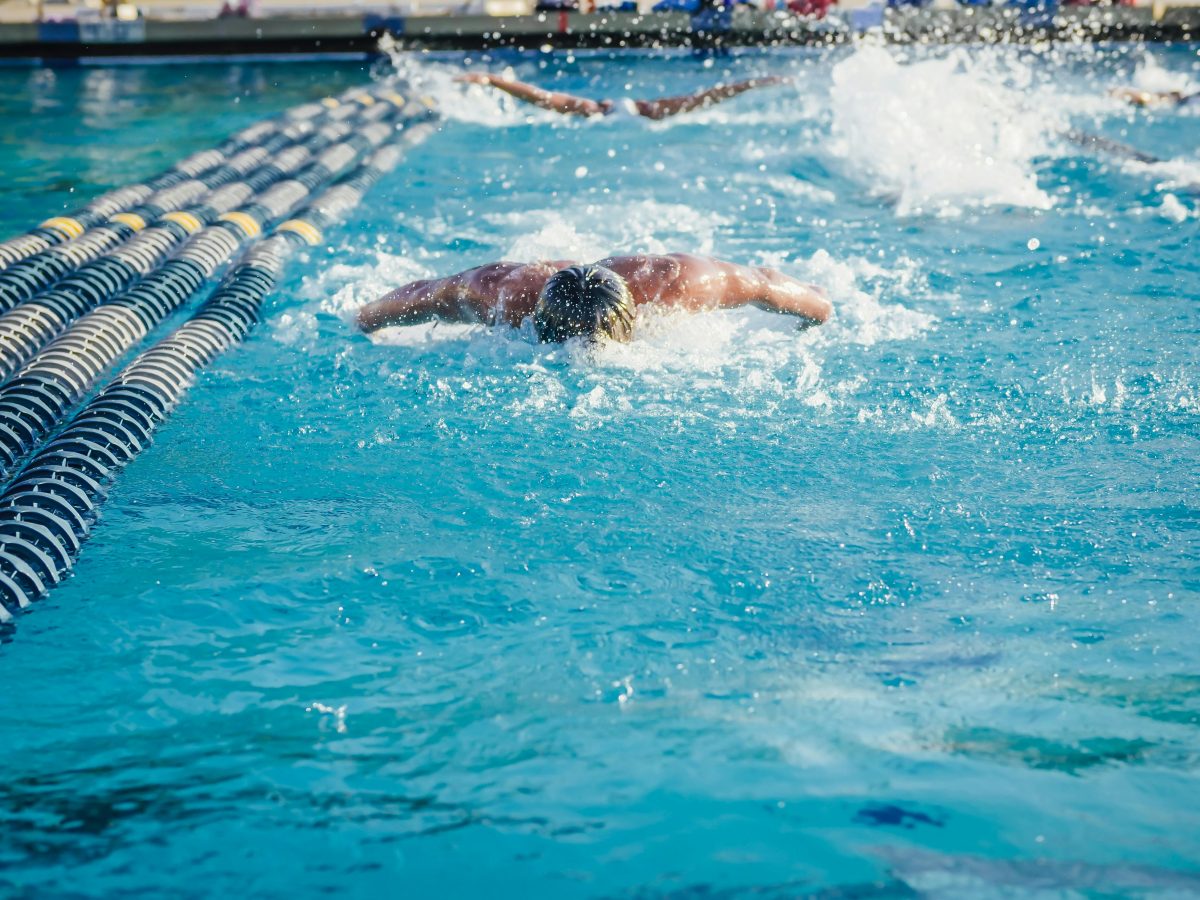
Identifying and Addressing Common Sports-Related Injuries
Shin splints, IT band syndrome, and plantar fasciitis are frequent culprits behind athletes’ discomfort. Recognizing these conditions early is crucial for effective management and recovery. Shin splints manifest as pain along the inner edge of the shinbone, IT band syndrome presents as pain on the outer knee, and plantar fasciitis causes heel pain, especially noticeable in the morning.
Tailored Self-Massage Techniques for Each Condition
For shin splints, gentle strokes along the shinbone with a foam roller can alleviate discomfort. IT band syndrome benefits from side-lying leg massages, focusing on the outer thigh with either a foam roller or massage ball. Plantar fasciitis requires rolling a ball or frozen water bottle under the foot to soothe the inflamed fascia.
Each technique should be performed with care, starting with light pressure and gradually increasing as tolerated. Consistency is key—regular self-massage can significantly reduce symptoms and aid in recovery.
When to Seek Professional Help
While self-massage is effective for mild to moderate symptoms, it’s not a panacea. Persistent pain, swelling, or discomfort despite self-care measures warrants professional evaluation. Sports medicine specialists, physical therapists, or certified massage therapists can offer tailored treatments, including advanced manual therapies and rehabilitation programs, to address the underlying issues and facilitate optimal recovery.
Understanding when to transition from self-care to professional help is essential for preventing further injury and ensuring a safe return to athletic activities.
Incorporating Self-Massage into Your Training Routine
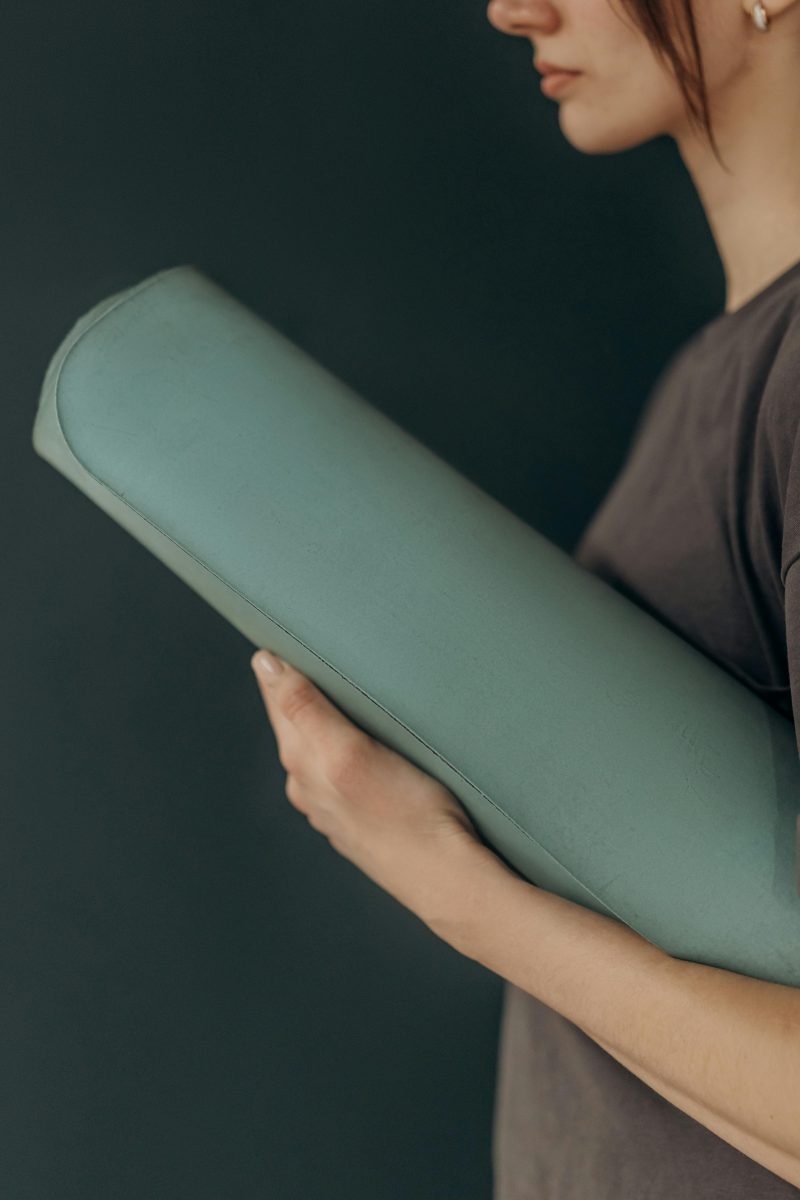
Creating a Balanced Routine
- Achieving peak performance means striking a balance between rigorous workouts, self-massage, and rest.
- Self-massage should be woven into your training regimen, acting as a bridge between high-intensity exercises and days of rest.
- This synergy maximizes muscle recovery and prepares your body for the next bout of physical exertion.
Frequency and Timing: Best Practices for Optimal Results
- Post-workout is an ideal time for self-massage, helping to flush out lactic acid and ease muscle tension.
- On rest days, a gentler session can aid in recovery and maintain muscle pliability.
- Consistency is key—regular self-massage sessions compound over time, leading to greater flexibility and fewer injuries.
Listening to Your Body: Adjusting Techniques Based on Personal Needs and Responses
- Each athlete’s body is unique, demanding a personalized approach to self-massage.
- Pay attention to how your body responds to different techniques and adjust accordingly.
- Some areas may require deeper pressure, while others respond better to a lighter touch.
- By listening to your body and adapting your self-massage routine, you ensure that you’re providing the best care possible for your muscles and tissues.
Integrating self-massage into your training is not just about recovery; it’s about empowering yourself to perform at your best. With the right balance, frequency, and personalized techniques, self-massage becomes a powerful tool in your athletic arsenal.
In Closing
Self-massage is an athlete’s key to peak performance. It fosters resilience against the rigors of sport, bridging the gap between effort and recovery. Through a blend of techniques and tools, athletes can enhance flexibility, reduce injury risk, and improve recovery times, embodying a holistic approach to their physical well-being. Embracing self-massage as a regular practice ensures athletes remain at their best, ready to face the challenges and triumphs of their sporting endeavors. Let this be a call to action for athletes everywhere to integrate self-massage into their routines, unlocking their full potential on and off the field.
Self-Massage Techniques for Athletes FAQs
Yes, self-massage can help prevent sports injuries by maintaining muscle elasticity and reducing tightness, which are common causes of injuries. Regular self-massage keeps the muscles in optimal condition, lessening the likelihood of strains and sprains. It also helps in identifying and addressing potential problem areas before they lead to injury.
Yes, self-massage can improve athletic performance by increasing flexibility, reducing muscle tension, and enhancing recovery. By incorporating it into their routine, athletes can maintain optimal muscle condition, which contributes to better performance. It also helps in preventing injuries that could sideline them from training or competition.
Self-massage accelerates muscle recovery by improving blood circulation and lymphatic flow, which helps in flushing out toxins and bringing nutrients to the muscles. It also reduces muscle tightness and soreness, making it easier for athletes to return to training sooner. By incorporating self-massage into their recovery routine, athletes can enhance their body’s natural healing process.
Athletes should aim to perform self-massage regularly, ideally after every workout or training session. This consistent practice helps in preventing muscle tightness and promotes recovery, ensuring muscles are less prone to injury. However, the intensity and duration can be adjusted based on training intensity and individual needs.
Self-massage is suitable for athletes across all disciplines, from running to swimming to team sports. It is a versatile technique that can be tailored to the specific needs and conditions of different sports, focusing on the muscle groups most used. Regardless of the sport, athletes can benefit from the recovery, flexibility, and injury prevention aspects of self-massage.
Start with light pressure and gradually increase as your muscles become accustomed to the massage. Focus on breathing deeply and consistently to help relax your muscles and mind, enhancing the effectiveness of the massage. It’s also beneficial to learn the proper techniques and use of tools from reliable sources to ensure safety and maximize benefits.
Self-massage helps athletes by enhancing recovery, reducing muscle soreness, and improving flexibility. It promotes blood circulation to the muscles, which accelerates the removal of metabolic waste and brings in nutrients essential for healing. Additionally, it can help in breaking down scar tissue, thus improving mobility and performance.
Techniques like effleurage (light stroking) and petrissage (kneading) are effective for leg muscles. Effleurage can be used to warm up the muscles and improve blood circulation, while petrissage helps in deeper tissue manipulation, breaking up knots and relieving muscle tightness. These techniques can be performed with hands or tools like foam rollers and massage balls for added pressure.
Techniques such as cross-fiber friction and trigger point therapy are effective for relieving shoulder pain. Cross-fiber friction helps in breaking down scar tissue and improving mobility, while trigger point therapy targets specific knots within the muscle that contribute to pain and discomfort. These can be performed using fingers or a massage ball to apply targeted pressure.
Foam rollers, massage balls, and handheld rollers are highly recommended for self-massage. Foam rollers are great for large muscle groups like the legs and back, massage balls target deeper tissue and specific points like the shoulders and feet, and handheld rollers can be used for areas like the arms and neck. These tools enhance the effectiveness of self-massage by allowing athletes to control the pressure and reach difficult areas.
Orlando is a all round athlete from Australia, now resident in Germany. His sports of passion of American Football(Offensive line), weight training and indoor rock climbing where he uses his 195cm wing span to his advantage.

